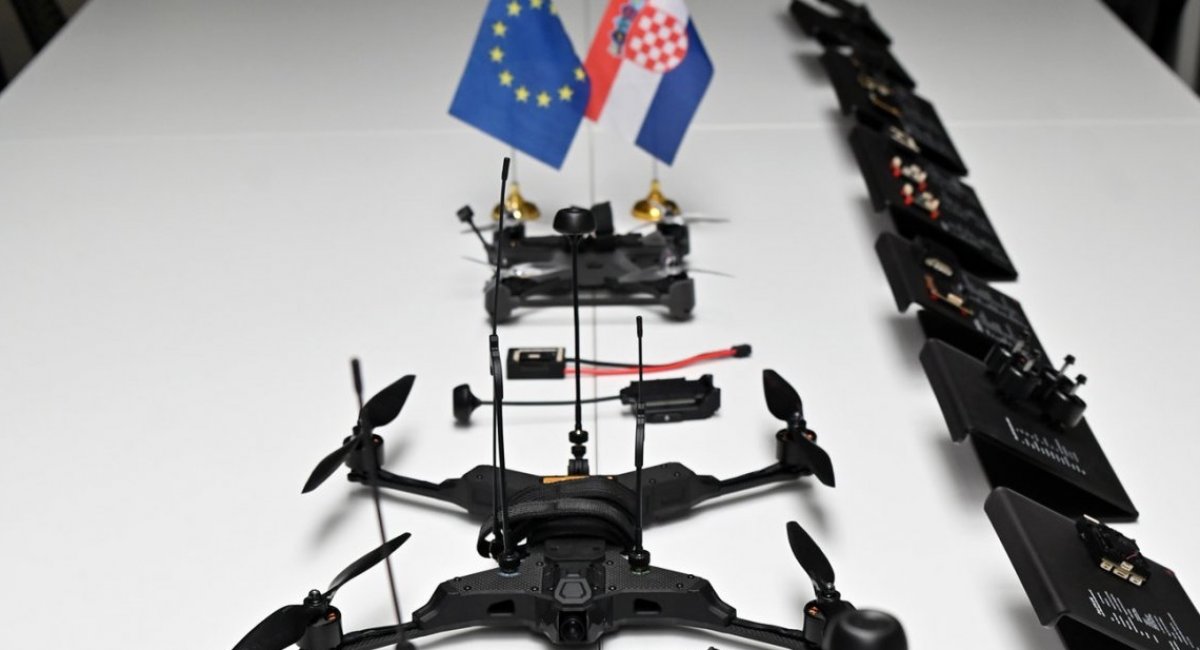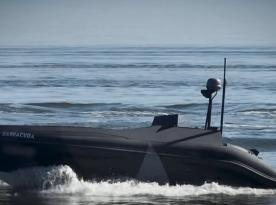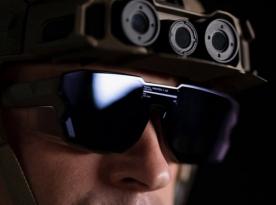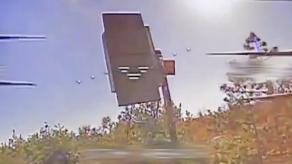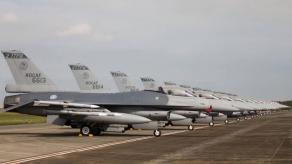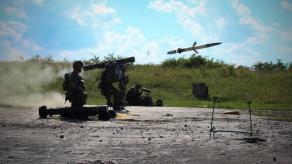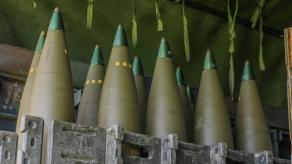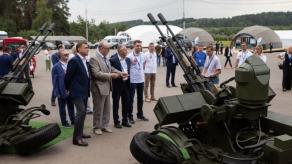Croatia wants to protect critical infrastructure from unwanted UAVs and will order counter-drone systems that include domestically produced air-defense drones. That last element is no accident: the country is preparing to manufacture several million FPV drones per year.
According to Deputy Minister of Defence Ivan Anušić, the deal including procurement and deployment will cost €115 million. The relatively low price is explained by the fact that the contractor will be an unnamed local company.
Read more: Kremlin Pays for War with Territory: China and north Korea Advance Deep into russia's Far East — Ukraine's Foreign Intelligence
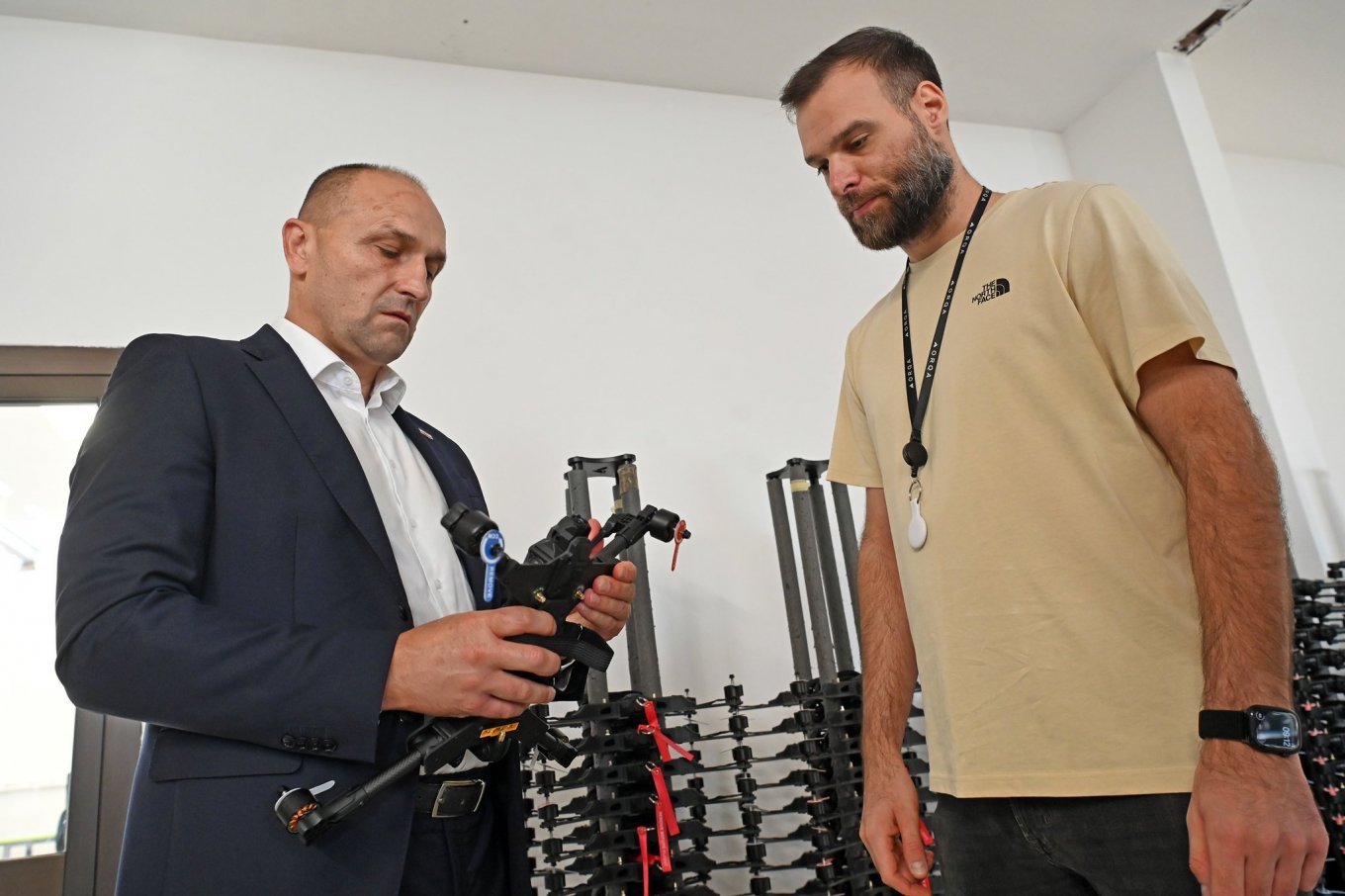
The counter‑drone complex will include, besides air‑defense drones, an operations center, radars and 30 mm air‑defense guns. In effect this is a full multilayered air‑defense system; what it presently lacks for typicality is mainly electronic‑warfare equipment.
Choosing a local supplier may seem unusual to some, but it makes sense because Croatia already produces 200,000 drones a year. These are used domestically and exported to the U.S., Bulgaria, France and Saudi Arabia.
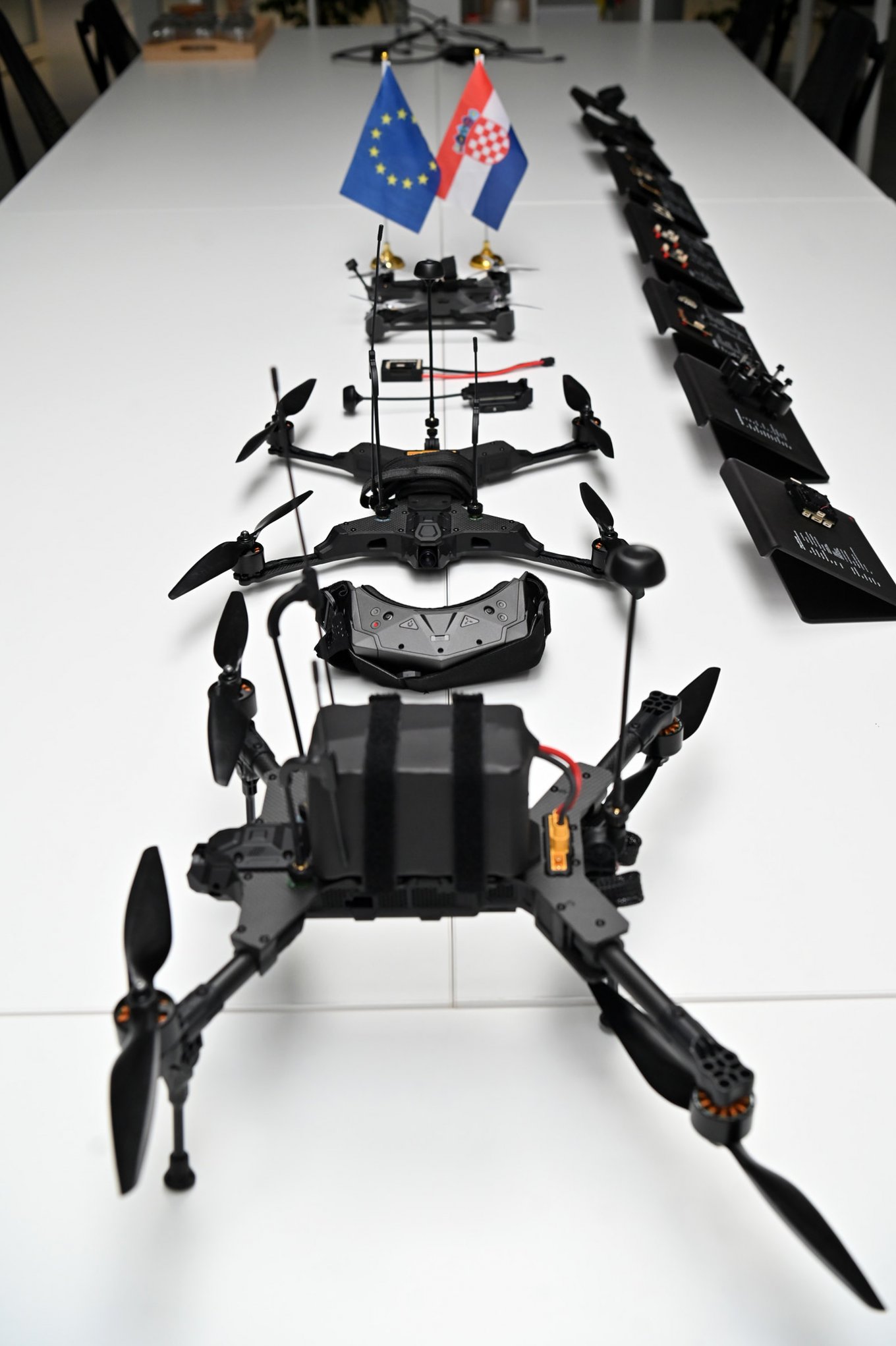
Unsurprisingly, the country is working on plans to increase output to half a million drones per year and then to several million per year. Authorities emphasize that this will be a 100% Croatian product.
On the one hand, this is a serious boost for NATO countries, which could gain a local FPV‑drone manufacturer and thus better adapt such systems to their forces. That will also help strengthen air defense against hybrid and overt russian attacks.
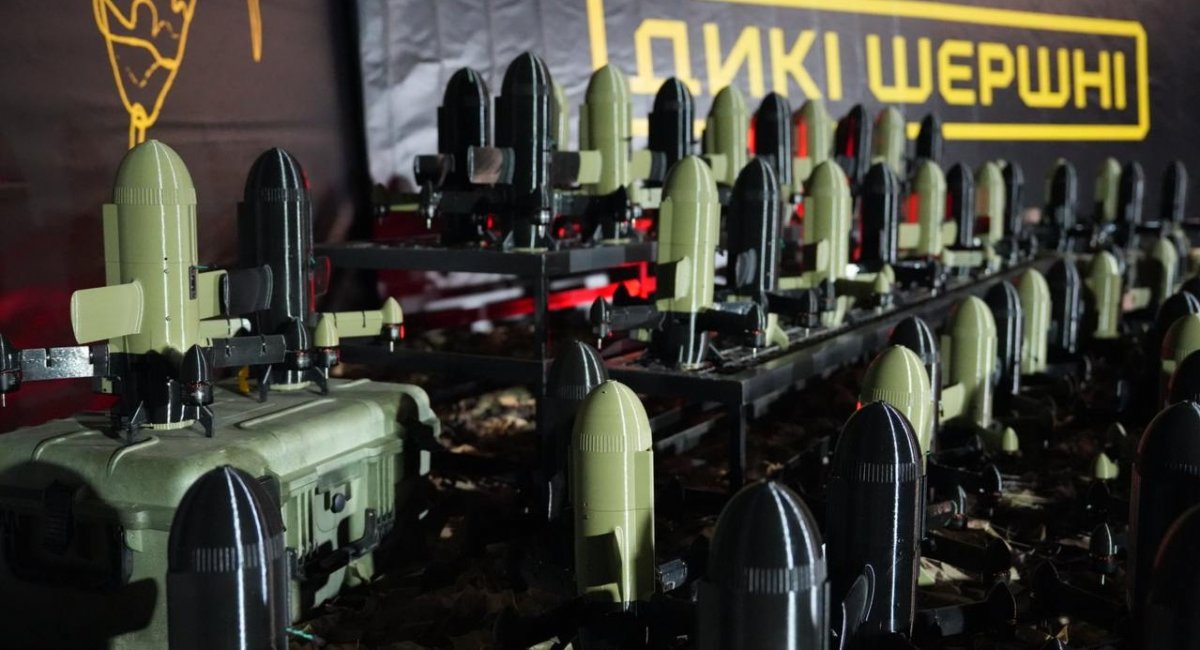
On the other hand, it shows that Europe already has serious competition for Ukrainian defense industry products, which has large export ambitions. Ukrainian models remain better adapted to battlefield requirements, but over time that gap may narrow.
So NATO is also developing its own drones and counter‑UAS systems, building on adapted Ukrainian experience. Although the planned scale‑up is still just on paper and will depend on orders, current production rates make the idea realistic.
Read more: From Crop Duster to Combat Aircraft: How Sky Warden Is Turning Into Battlefield Weapon




